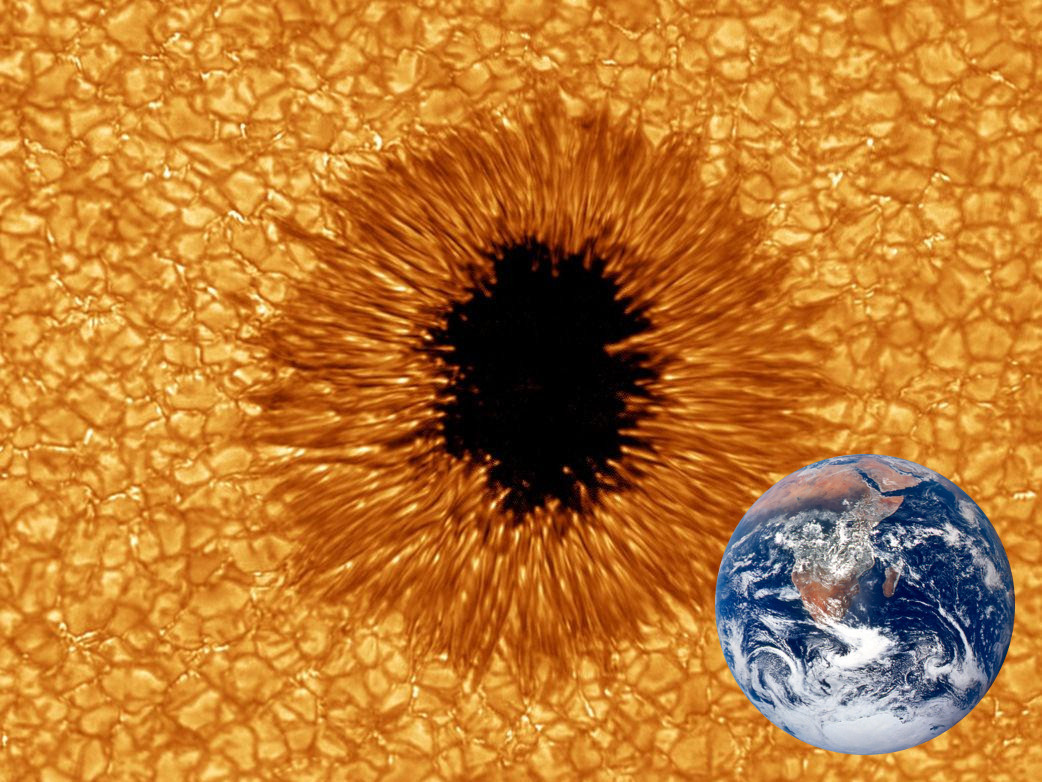
Meanwhile, the surrounding cooler and darker regions are sinking back into the solar interior. These regions last only a few minutes before they dissipate and are replaced with other rising masses of warmer gas. The brighter regions are about 100 K hotter than surrounding regions and are rising at 2–3 km/s. It has a mottled or granular appearance, granulation, due to small regions of warmer and cooler material. Moving outward from the core of the Sun, the density, temperature, and gas pressure all decrease until, in a thin layer (only 400 kilometers thick), the material gradually changes from being completely opaque (light cannot pass through it) to being completely transparent.Ĭlose inspection of the photosphere shows that it is not a uniformly bright layer, but has variations. The photosphere is the visible “surface” of the Sun, but is not a true or solid surface because the Sun is completely gaseous. SETI-The Search for Extraterrestrial Intelligence.Internal Structure Standard Solar Model.Interior Structure: Core, Mantle, Crust.Minor Objects: Asteroids, Comets, and More.Origin and Evolution of the Solar System.Electromagnetic lines that keep the twisters in place are theorized to transfer this nuclear energy from the sun's core. The heat given off by these twisters is due to nuclear reactions within the sun’s core. Scientists estimate that there are around 11,000 solar twisters on the sun at any given time. Solar twisters are massive tornados consisting of hot fluid gas with magnetic field lines keeping them stationary. Along with the nanoflares, it is theorized that this layer is so hot because of solar twisters. Strong magnetic fields stop the extremely strong solar winds from escaping the atmosphere. The corona is 300 times hotter than the chromosphere at two-million degrees Fahrenheit. Like the chromosphere, this layer is visible during a solar eclipse but it can also be observed using a coronagraph. The sun’s corona consists mainly of plasma and extends millions of miles into outer space. The chromosphere extends for about 1,200-miles past the photosphere, leading into the corona.Ĭorona The sun's corona can be seen as the light surrounding the entire object. Alpha hydrogen is to blame for this red glow as it ionizes. The red glow surrounding the sun during this phenomenon is the chromosphere. The chromosphere is only visible during a solar eclipse because it is overshadowed by the bright photosphere. This theory states that these explosions could be the cause of the higher temperatures in the sun’s atmosphere. Nanoflares could theoretically reach temperatures as high as 18-million degrees Fahrenheit. Nanoflare refers to solar flares that are one billionth the size of a regular flare. One leading theory is that this layer is heated through the constant “nanoflares” in the photosphere. Scientists have yet to come to a clear consensus as to why the sun’s atmosphere is hotter than the surface. With temperatures ranging from 6,700 degrees Fahrenheit to 14,000 degrees Fahrenheit, this layer goes against the rule of thumb that temperatures get cooler as we move away from the sun's core.

Sitting above the photosphere is the chromosphere, also known as the lower atmosphere of the sun. Chromosphere Image of the sun taken in multiple wavelengths of light.


 0 kommentar(er)
0 kommentar(er)
